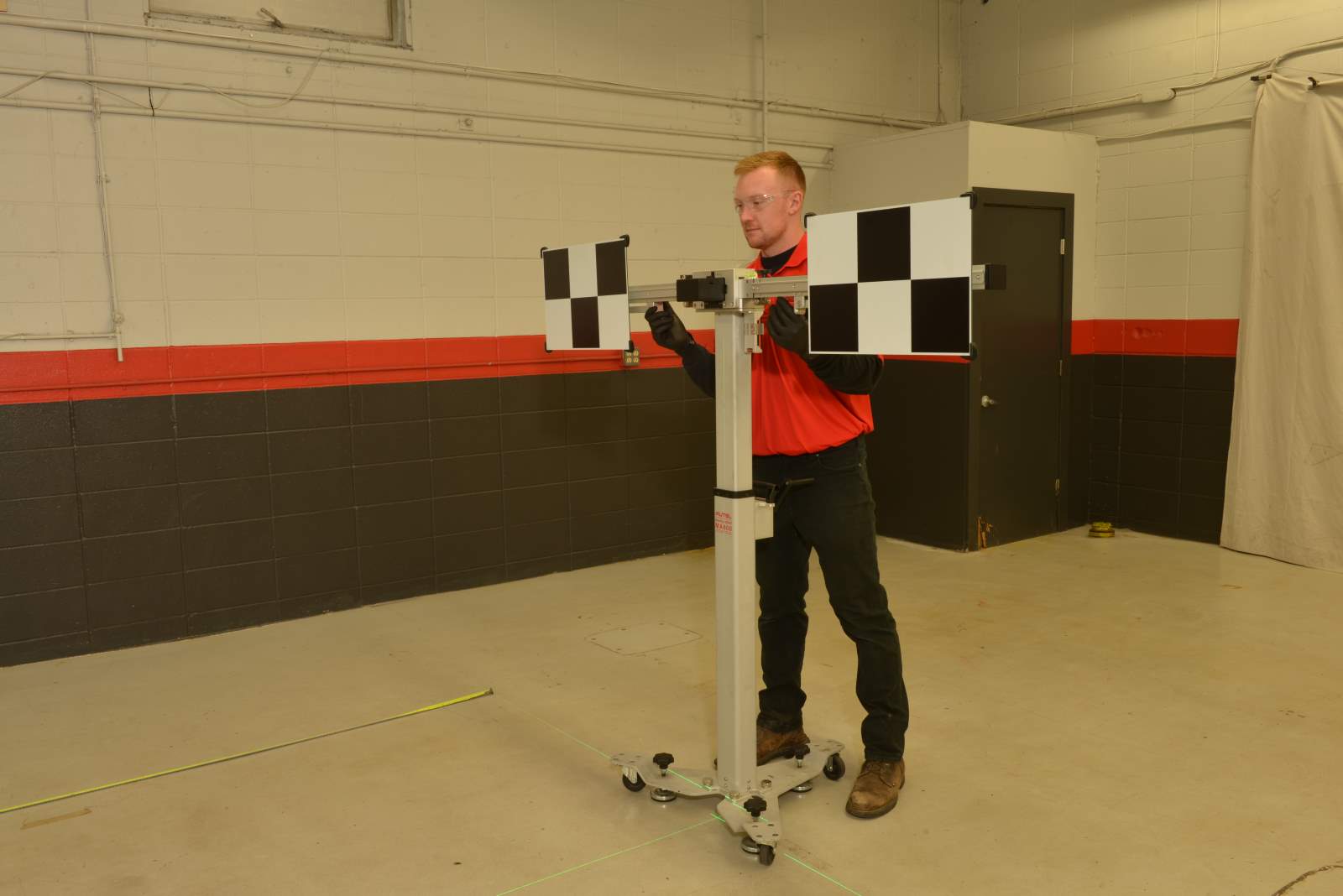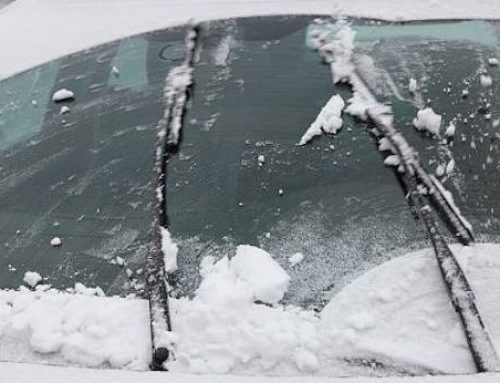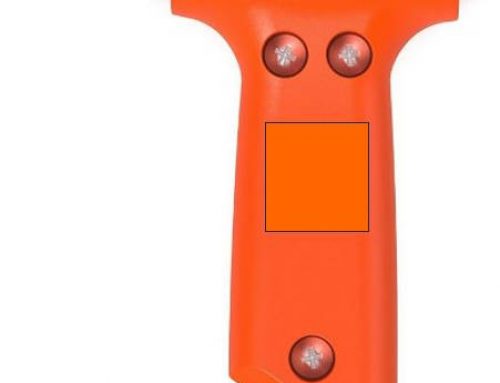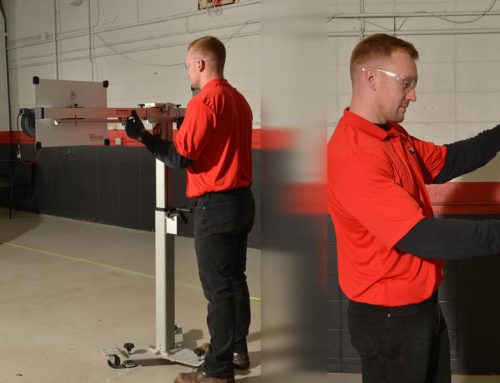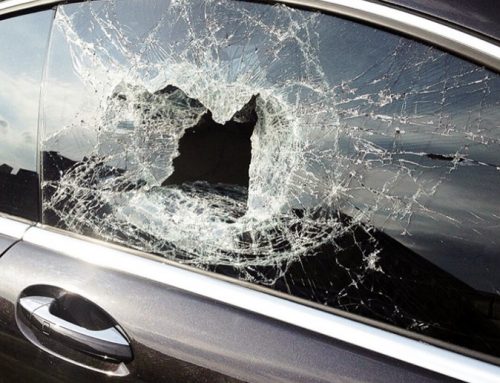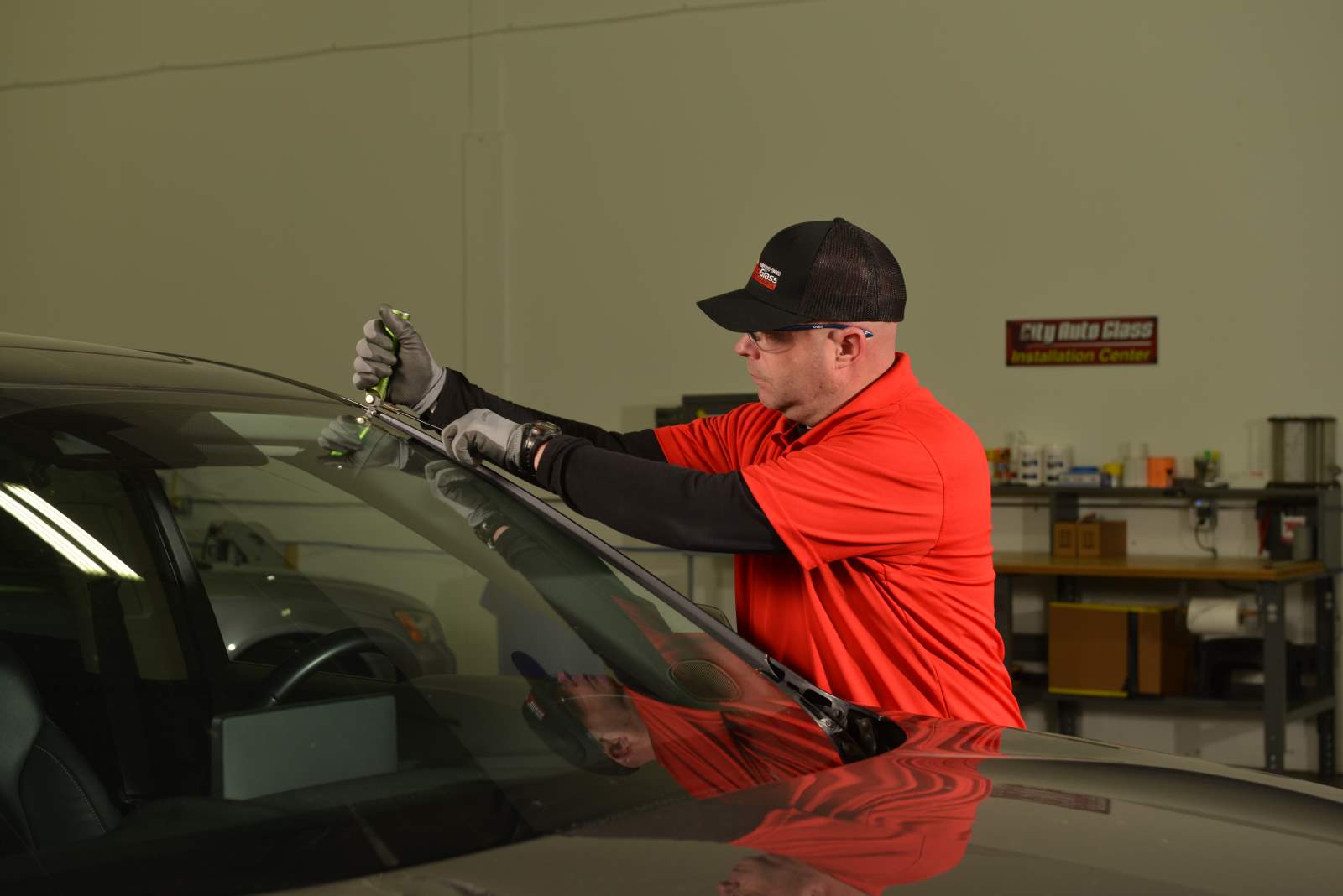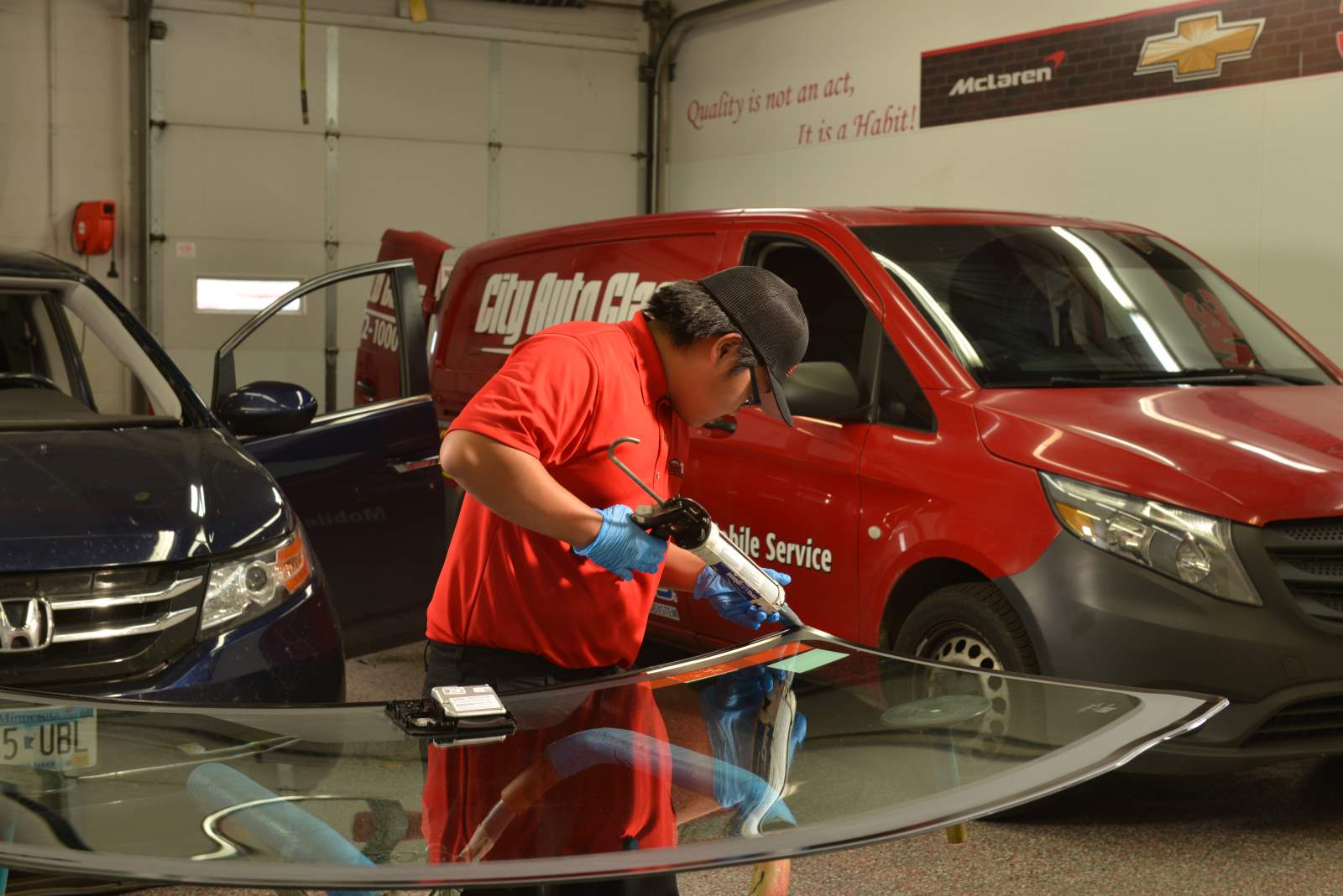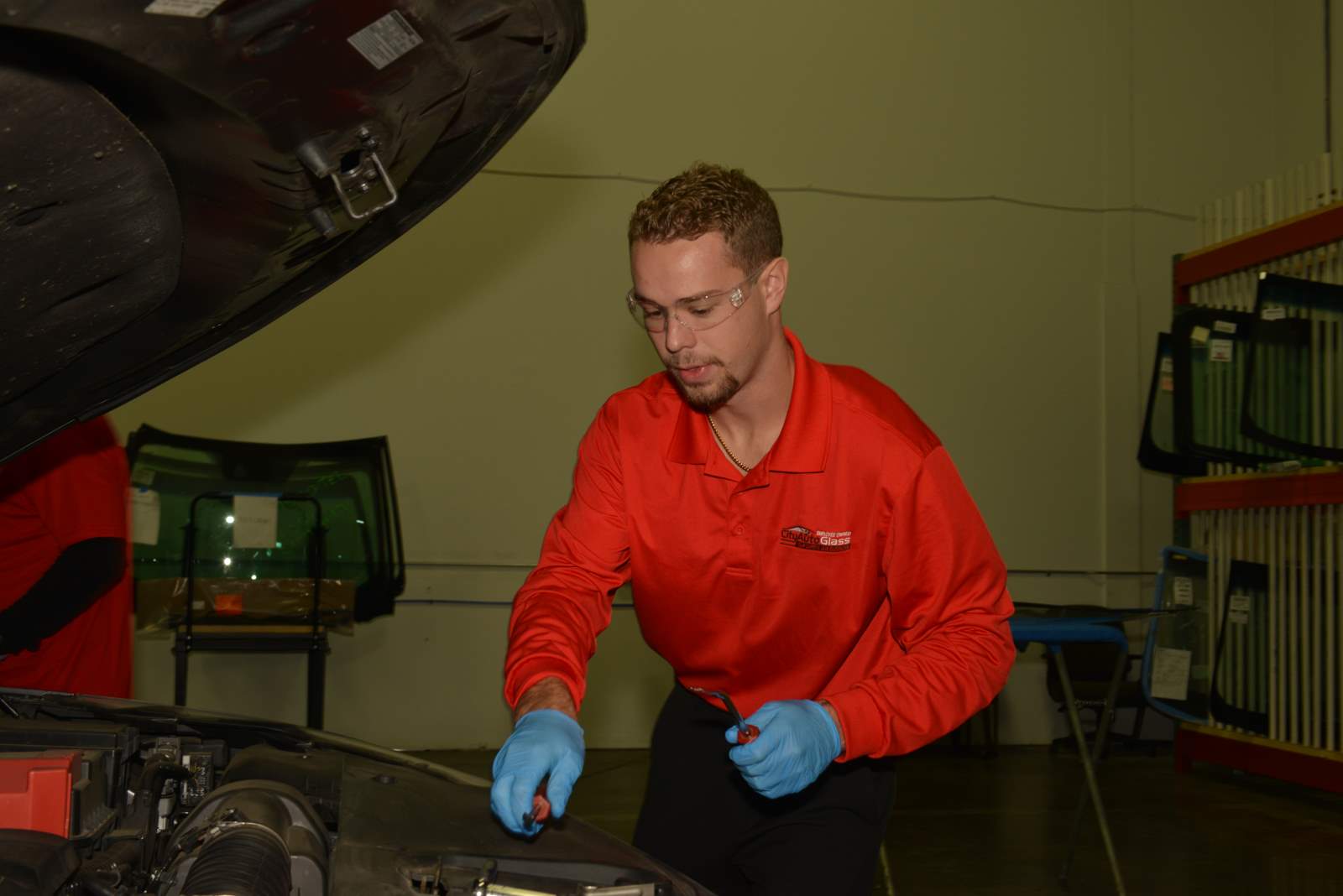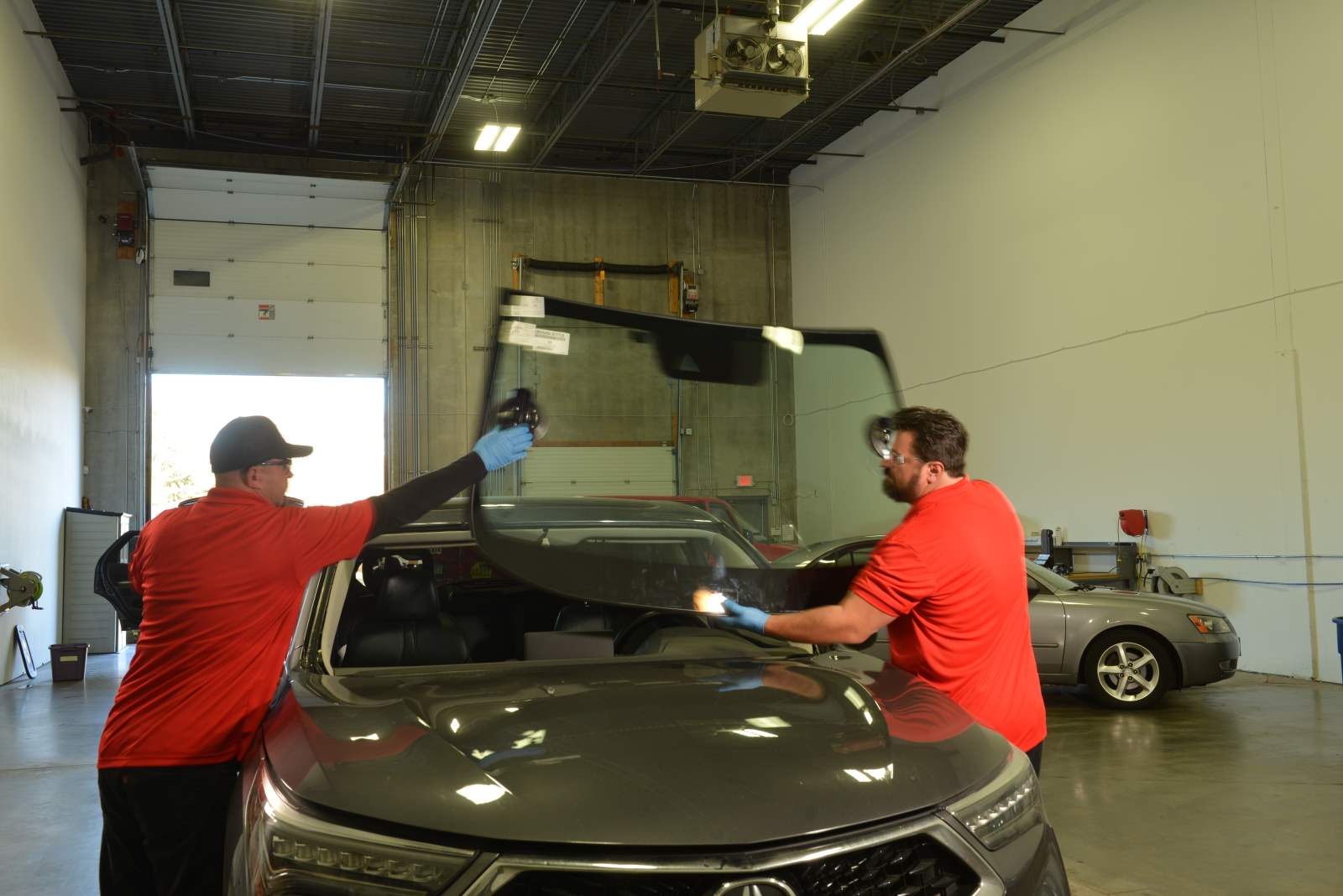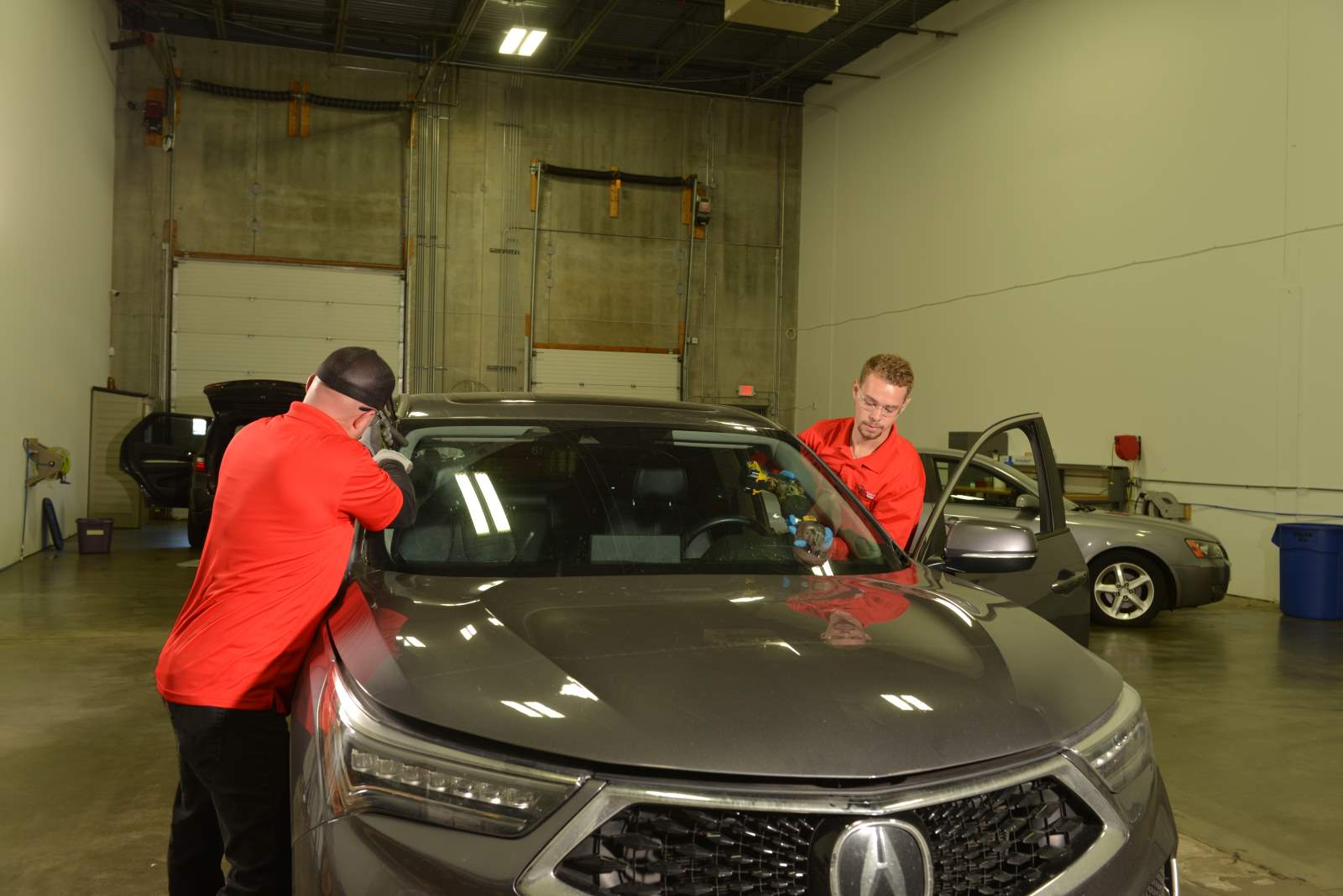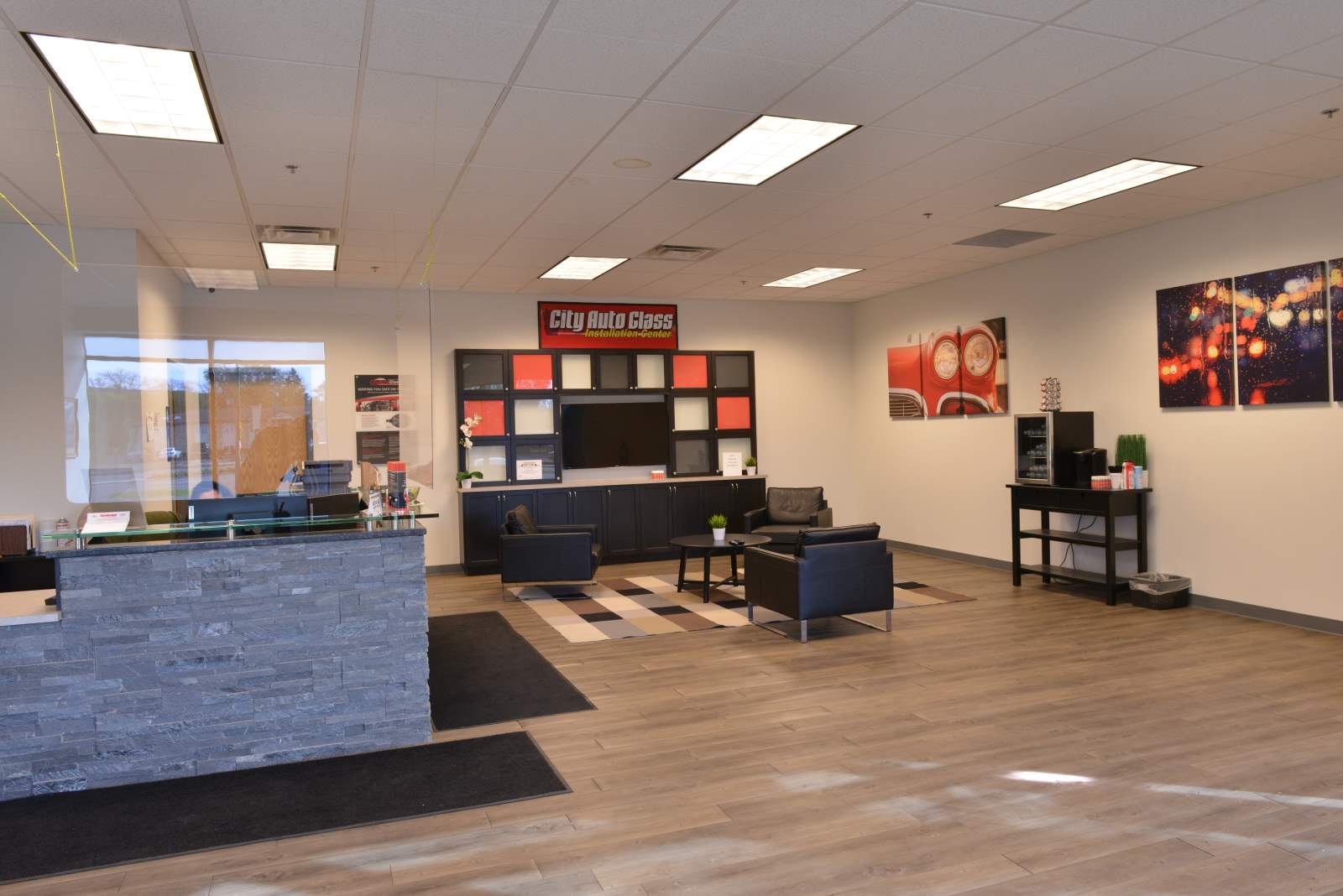Modern vehicles are equipped with an array of sophisticated safety features to help minimize the risk of accidents and injuries. One of the most common safety features one vehicles today is the Advanced Driver Assistance System (ADAS).
While ADAS unquestionably boosts driver safety on the road, it’s important that the system is properly calibrated, otherwise these safety features could be compromised. Let’s take a closer look at the ADAS and how auto repairs can impact the system.
What is ADAS?
Advanced Driver Assistance System (ADAS) is a safety system integrated into many modern vehicles. The system uses automated technology, such as sensors and cameras, to boost driver safety when operating the vehicle.
For example, common safety features of ADAS include blind spot detection, lane departure warning, automatic emergency braking, pedestrian detection, and traffic sign recognition. These features alert drivers to various obstacles and errors, allowing for quick responses to minimize accidents.
Because most auto collisions are caused by human error, ADAS was developed to enhance car and road safety reducing the chances of crashes and collisions.
How Does ADAS Work?
ADAS uses multiple cameras and sensors to gather information about its positioning and surroundings. The data is processed by a computer, which uses the information to help improve driver awareness in various environments.
For example, if the sensors detect that another vehicle is nearby, then it will alert the driver to the hazard, allowing them to respond safely and avoid a collision.
What is ADAS Calibration?
ADAS calibration is the process of testing the system to ensure that all the components, like the cameras and sensors, are functioning properly. ADAS calibration requires specific hardware that can adjust the system’s various components to ensure they are accurate and reliable.
The Importance of ADAS Calibration
ADAS calibration is an essential part of vehicle maintenance, ensuring the system remains accurate and functional. Even the slightest changes to the components, such as repositioning the cameras and sensors, have a massive impact on the accuracy and effectiveness of the ADAS.
Cameras and sensors often need repositioning to allow vehicle repairs, such as replacing auto glass or fixing damaged bodywork. While it’s necessary to reposition these parts during repairs, their incorrect alignment greatly impacts the systems’ performance.
For instance, if the sensors responsible for emergency braking aren’t properly aligned, then it could cause a delayed response that results in a collision. This safety would work normally had the cameras and sensors being properly aligned before/after the repairs.
Without proper calibration, the ADAS system struggles to detect the various hazards it was designed to prevent, making its excellent safety features far less effective. It may also result in a faulty system that requires costly repairs that could be easily avoided with ADAS calibration.
How Auto Repairs Impact ADAS Calibration
ADAS calibration is typically needed before or after car repairs. For instance, if your auto glass is repaired or replaced, chances are the system needs recalibrated, as there are usually cameras and sensors on the windshield.
It’s not just auto glass – most external auto repairs can impact the effectiveness of the ADAS. So, it’s crucial that repair technicians calibrate the ADAS before and after the repairs to ensure it continues functioning properly.
Whether the ADAS needs calibrated before or after the repairs depends on the make and model of the vehicle. Regardless, it’s important that the system is recalibrated, otherwise the various safety features could be compromised, putting the driver and other people on the road at risk.
How Windshield Damage Impacts ADAS
It’s crucial to understand when your damaged windshield needs to be repaired or replaced, as any damage could impact the functionality of the ADAS. For example, any damage to the windshield might cause sensors to become misaligned, resulting in inaccurate readings that increase the risk of an auto accident.
So, if you spot even the slightest chip or crack in your auto glass, make sure to act fast and get the necessary repairs, or it could negatively impact your ADAS.
Can I Recalibrate ADAS Myself?
No, ADAS calibration requires specialist hardware and extensive knowledge of various complex systems.
Therefore, it’s highly recommended that you get the ADAS calibrated by experienced technicians with the right skills and tools for the job. Should you try to calibrate the system yourself, it’s likely to cause multiple issues, such as inaccurate readings, malfunctions, and auto accidents.
Why You Should Choose City Auto Glass for Your ADAS Calibration and Auto Glass Repairs
At City Auto Glass, we offer professional ADAS calibrations that keep your system functioning as intended. Our trained technicians have the knowledge and experience to provide first-class ADAS calibration services for cost-effective prices, keeping you and your family safe on the road.
As auto glass experts, we also provide fast and affordable repair and replacement services, preventing any damage from impacting your ADAS and its various safety features.

